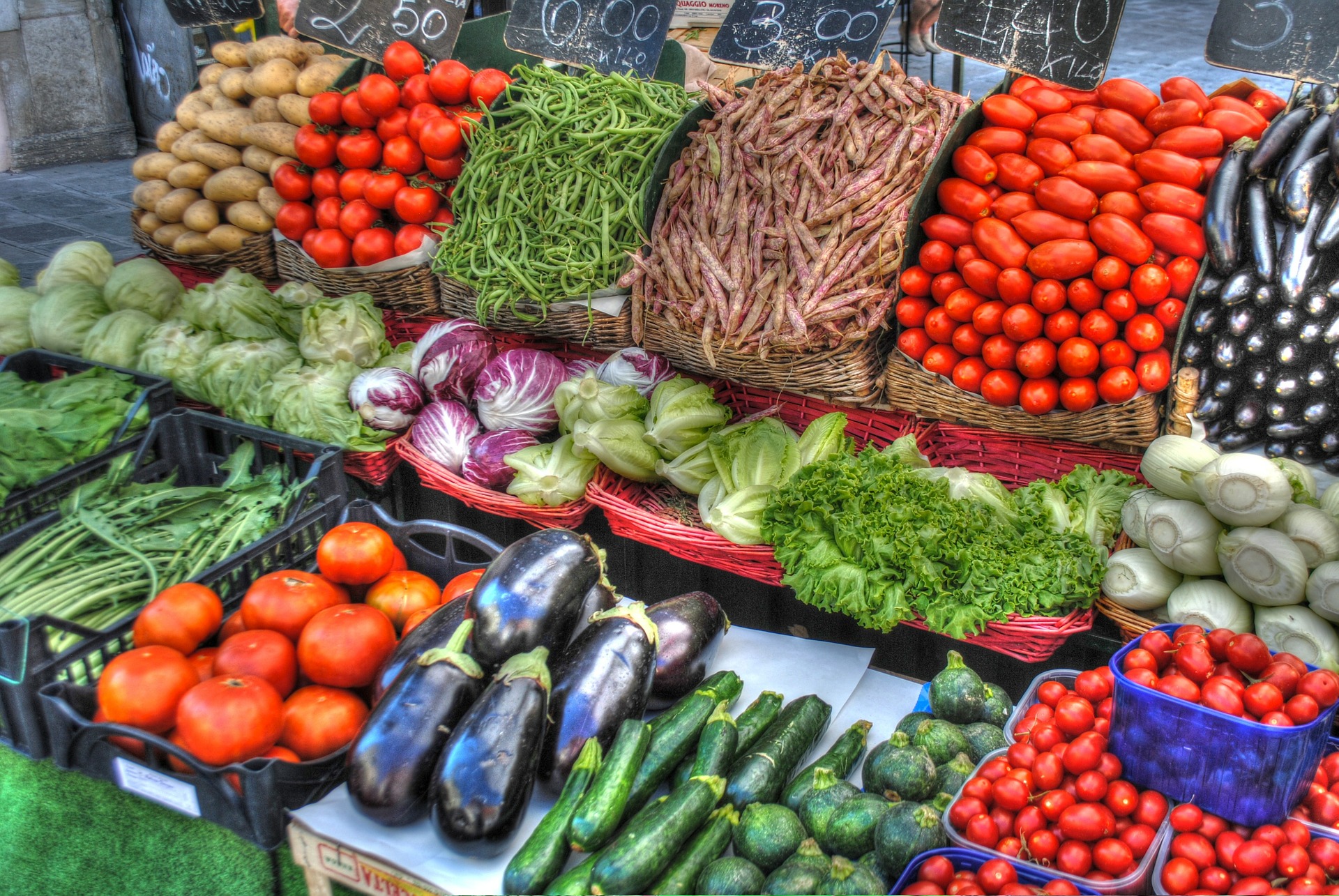Study: Fasting lowers the likelihood of insulin resistance caused by obesity
12/16/2019 / By Edsel Cook

People struggling with obesity and its complications could benefit from fasting. A study presented at the recently concluded Digestive Disease Week, an exhibit sponsored by the American Gastroenterological Association and other groups, revealed that a month of fasting can increase levels of proteins that protect against the adverse effects of diets high in added sugar and unhealthy fats. It can even prevent insulin resistance and metabolic syndrome – precursors of chronic diseases like diabetes and cardiovascular disease.
In the study, the team noted that for a person to achieve the health benefits associated with fasting, he should do it at the right time and have the right duration between meals.
Fasting from dawn to sunset could help improve insulin levels
In recent years, many people have started to take up fasting. While the practice is deeply rooted in religion, where a person gives up food or an activity to focus their thoughts, people have started to restrict their food intake for its health benefits.
Earlier studies on fasting have shown that it can improve metabolism and even slow down the aging process. Further, the practice has been shown to improve gut health and cause better circadian rhythm. Put together, these greatly improve a person’s overall health. (Related: 6 Natural ways to burn fat if you can’t exercise regularly.)
For the current study, lead author Ayse Leyla Mindikoglu of Baylor College of Medicine and her team looked at how fasting patterned after the religious practice of Ramadan, as well as the benefits it confers to the human body. They found that the dawn-to-sunset fasting approach spurred the body to produce healthy proteins. Not only did these proteins reduce the likelihood of insulin resistance, they also prevented the harmful effects of an unhealthy diet with excessive fats and sugars.
The team observed 14 healthy individuals who fasted during Ramadan. During this period, the participants fasted for 15 hours each day from dawn to sunset. Before they started the fast, the researchers took blood samples from the participants. They took new samples after four weeks of fasting and a week after the end of Ramadan. The results revealed increased levels of tropomyosin (TPM), a protein known for its ability to regulate skeletal muscles and the heart. The protein can also help in regulating cells involved in insulin resistance, repairing them as they sustain damage. In particular, TPM3 promotes insulin sensitivity, which helps regulate blood sugar levels. Further, TPM3 – as well as TPMs 1 and 4 – levels were noted to be higher from baseline in blood samples collected a week after the end of Ramadan.
“Based on our initial research, we believe that dawn-to-sunset fasting may provide a cost-effective intervention for those struggling with obesity-related conditions,” Mindikoglu concluded.
Both eating and fasting exert considerable influence on the body’s production and use of proteins, in particular, those linked to insulin resistance and healthy body weight. TPM synthesis also is affected by the timing of the fast, in particular, the time-span between meals.
The World Health Organization estimates that more than 650 million people suffer from obesity. This is alarming since it increases their vulnerability to chronic conditions like diabetes, metabolic syndrome and non-alcoholic fatty liver disease.
“We are in the process of expanding our research to include individuals with metabolic syndrome and [nonalcoholic fatty liver disease] to determine whether the results are consistent with those of the healthy individuals.”
Sources include:
Submit a correction >>
Tagged Under:
anti-aging, anti-diabetes, anti-obesity, blood sugar, diabetes prevention, fasting, insulin resistance, insulin sensitivity, metabolic health, natural health, obesity, Ramadan, remedies, slender, weight loss
This article may contain statements that reflect the opinion of the author
RECENT NEWS & ARTICLES
BloodSugar.News is a fact-based public education website published by Blood Sugar News Features, LLC.
All content copyright © 2018 by Blood Sugar News Features, LLC.
Contact Us with Tips or Corrections
All trademarks, registered trademarks and servicemarks mentioned on this site are the property of their respective owners.





















